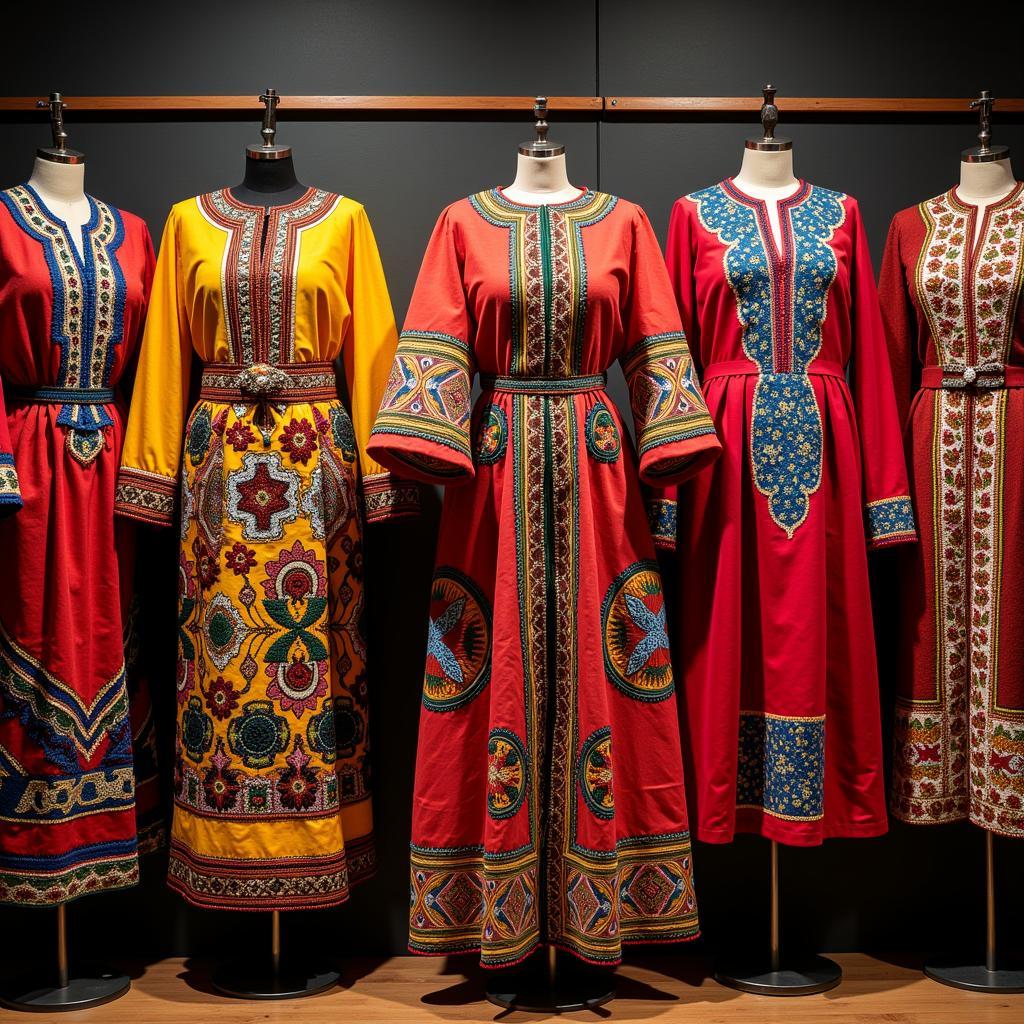Exploring the Vibrant World of African Hapsi
African Hapsi are a fascinating group of cichlid fish endemic to Lake Malawi in East Africa. These brightly colored and diverse fish are highly sought after by aquarium enthusiasts worldwide. Their unique behaviors, striking appearances, and fascinating evolutionary history make them a captivating subject for both casual observers and dedicated aquarists. From understanding their natural habitat to properly caring for them in a home aquarium, this article will delve into the captivating world of African hapsi.
A Deep Dive into African Hapsi Habitats
In the wild, African hapsi thrive in the rocky habitats of Lake Malawi. They are typically found in the shallower, more vegetated areas along the shoreline, where they can find shelter and ample food sources. The lake’s clear, alkaline water provides the ideal conditions for these fish to flourish. Understanding their natural environment is crucial for replicating suitable conditions in a home aquarium and ensuring the well-being of these captivating creatures. This involves providing a rocky environment with plenty of hiding places, maintaining appropriate water parameters, and offering a diet that mirrors their natural food sources.
The Diverse World of African Hapsi Species
The term “hapsi” doesn’t refer to a single species, but rather a group of cichlids that share similar characteristics. These include their elongated bodies, often marked with horizontal stripes or blotches, and their specialized feeding habits. Some popular African hapsi species include the Nimbochromis venustus, known for its striking blue coloration, and the Protomelas taeniolatus, recognized for its vibrant orange hues. Each species possesses unique characteristics, from their color patterns and fin shapes to their specific dietary preferences and social behaviors.
African Hapsi: Diet and Feeding Habits
African hapsi are primarily piscivores, meaning their diet consists mainly of other fish. In Lake Malawi, they ambush smaller fish, using their elongated bodies and quick reflexes to capture their prey. In a home aquarium, it’s important to provide a diet rich in protein. This can include high-quality cichlid pellets, frozen or live foods such as brine shrimp and bloodworms, and occasionally, small feeder fish. Overfeeding can lead to health problems, so a balanced and appropriately portioned diet is key to maintaining their well-being.
Creating the Perfect Aquarium for African Hapsi
Setting up an aquarium for African hapsi requires careful consideration. A large tank is essential, as these fish can grow quite large, sometimes exceeding 8 inches in length. The tank should be decorated with rocks and caves to provide hiding places and mimic their natural environment. Maintaining proper water quality is also crucial, with a pH between 7.8 and 8.6 and a temperature between 77 and 82 degrees Fahrenheit being ideal. A robust filtration system is also necessary to keep the water clean and free of harmful toxins.
Breeding African Hapsi: A Rewarding Challenge
Breeding African hapsi can be a rewarding experience for dedicated aquarists. These fish are maternal mouthbrooders, meaning the female carries the fertilized eggs and fry in her mouth for several weeks. Creating a suitable breeding environment involves providing ample hiding places for the female and maintaining optimal water conditions. Once the fry are released, they require specialized care, including a diet of finely ground food.
Conclusion: Embracing the Allure of African Hapsi
African hapsi offer a unique and rewarding experience for aquarium enthusiasts. From their vibrant colors and fascinating behaviors to the challenges and rewards of breeding, these fish provide a captivating glimpse into the underwater world of Lake Malawi. By understanding their specific needs and providing proper care, aquarists can ensure these beautiful creatures thrive in a home environment.
FAQ
- What is the average lifespan of an African hapsi? They typically live for 8-10 years.
- Are African hapsi aggressive? They can be territorial, especially towards conspecifics.
- What size tank do African hapsi need? A minimum of 55 gallons is recommended.
- What do African hapsi eat? They are primarily piscivores, eating mostly other fish.
- Can I keep multiple African hapsi species together? It depends on the specific species and tank size, but caution is advised.
- How can I tell the difference between male and female African hapsi? Males are often larger and more brightly colored.
- How often should I feed my African hapsi? Once or twice a day, providing enough food that they can consume in a few minutes.
Have more questions about African fish or life in Africa in general? Check out our other helpful articles: [Link to related article 1] and [Link to related article 2].
Need further assistance? Contact us 24/7: Phone: +255768904061, Email: [email protected] or visit us at Mbarali DC Mawindi, Kangaga, Tanzania. Our customer service team is always ready to help.



